Anise, scientifically known as Pimpinella anisum, is a plant renowned for its aromatic seeds which might be widely used in culinary endeavors, traditional medicine, and even cosmetic products.
In this article, we will delve into the numerous aspects of anise, exploring its origins, uses, different forms, health benefits, and culinary applications along with exploring many anise seed biscotti recipes, making delicious cookies with anise seed, and even how to substitute anise seed in your food recipes.
Anise: A Glimpse Of History
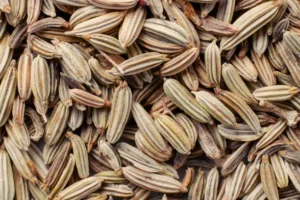
The Start Of Anise From Egypt Land
The story of anise goes back to ancient Egyptian civilization, where it was revered for its rich aroma and medicinal properties. Anise was used by the Egyptians to flavor bread and cakes and was believed to have magical powers that could ward off evil spirits and promote good health.
Anise In Greek and Roman History
From Egypt, the use of anise spread to other ancient civilizations such as Greece and Rome, where it was valued for its culinary and medicinal benefits. Greek physicians prescribed anise as an aid to digestion and respiration, while Roman cooks used it to flavor meats, fish, and desserts.
Anise In Medieval Ages
Monks in medieval monasteries cultivated anise in their gardens and used it to flavor food and drinks and make herbal remedies for ailments ranging from digestive ailments to respiratory ailments.
Anise also played a prominent role in medieval mythology and superstition, and there were beliefs and customs surrounding its magical properties. Anise seeds placed in a bag or amulet were believed to ward off evil spirits and bring good fortune, while anise stalks hung over doors were believed to ward off witches and evil forces. Anise association with magic and mysticism added to its allure and cemented its place in medieval culture and tradition.
Anise Today
Today, anise continues to captivate the senses and tantalize the taste buds in cuisines around the world. Anise is used to flavor a wide variety of foods and beverages, from savory soups and stews to savory pastries and desserts. Its aromatic healing properties make it a popular ingredient in herbal teas, tinctures, and medicines, prized for its ability to nourish digestion, prevent respiratory ailments, and calm the mind and body.
Apart from its culinary and medicinal uses, Anise has also found its way into the world of perfumery and cosmetics, where its sweet, spicy aroma adds depth and complexity to perfumes and skin care products. Anise is prized for its ability to evoke feelings of warmth and comfort, making it a popular choice for perfumes, lotions, and aromatherapeutic oils.
Anise Smell And Taste
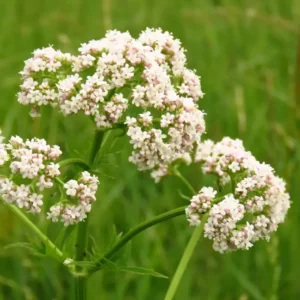
What Does Anise Smell Like?
The scent of anise is an aromatic symphony, with notes of licorice, spice, and warmth blending to create a sensory experience like no other. Whether encountered naturally as an anise seed or in culinary creations such as anise tea, cookies, and desserts, the smell of anise is unmistakable and quite pleasing.
What Does Anise Taste Like?
Meanwhile, Anise taste is a delicate balance of sweetness and warmth, with hints of licorice, fennel, and clove tantalizing the taste buds with each bite or sip. Whether you enjoy it on its own or add it to the kitchen ingredient, the anise flavor will definitely leave there lasting impression.
The Precious Treasure Of Anise: Anise Tea And Anise Oil
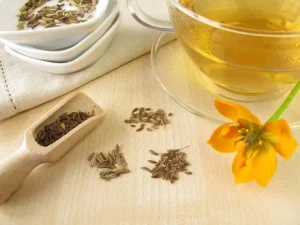
Anise Tea
Anise tea is a soothing aromatic beverage made from the anise seed and it is being appreciated for its unique licorice-like taste and many potential health benefits.
To make anise tea you will steep anise seeds in hot water, allowing their essential oils to impart a pleasant and soothing aroma and a subtle sweet taste reminiscent of licorice.
Anise Tea Benefits
- Improve The Digestive Function
A cup of anise tea boasts carminative properties that help reduce digestive disorders, and improve digestion and gut health.
- Respiratory Relief
Say goodbye to the cough, cold, and congestion with the unique characteristics of anise tea. Anise tea can help clear mucus from the respiratory tract, provide relief from respiratory infections, and provide ease of breathing.
- Immune Boost
Boost your immune system with its richness in antioxidants, vitamins, and minerals, anise tea infusion helps strengthen the body’s defenses, protecting against infections and illnesses.
- Stress Relief
Stress is a common companion in today’s fast-paced world. Fortunately, anise tea provides a safe and natural sedative that helps you escape from the harsh world. With a glass of this relaxing drink, you can ensure that your mind and body are relaxed, allowing you to experience peace and tranquility.
- Sleep Support
Is it hard to sleep? Anise tea might be just what you need. The sedative properties of anise tea can also act as a safe natural hypnotic to promote relaxation and improve sleep, leaving you waking up feeling refreshed and rejuvenated.
- Weight Management
Anise tea helps boost metabolism and curb cravings, making it easier to stick to your weight loss goals.
- Blood Sugar Balance
Keep your blood sugar levels in balance by drinking anise tea regularly. Studies have shown that this herbal supplement can help boost blood glucose levels, making it a valuable ally for diabetics and those at risk for diabetes
Anise Oil
Derived from anise seed plant, anise oil is a powerful botanical extract prized for its unique aroma, flavor, and many potential health benefits.
Here we will discover the magic of this aromatic liquid.
Anise Oil Benefits
- Respiratory Relief
Anise Oil helps loosen mucus and clear the airways, making breathing easier and more smoother. Simply add a few drops of anise oil to a bowl of hot water and inhale the steam for instant relief from coughs and congestion.
- Balance Hormones And A Menstrual Cycle Natural Pain Reliever
Anise oil is a good friend for women seeking hormone balance and menstrual relief. Its anti-inflammatory properties help soothe uterine contractions, providing relief from menstrual cramps and hormonal imbalances. Anise oil mixed with carrier oil and massaged into the lower abdomen can reduce menstrual pain and discomfort.
- Oral Health Booster
The antibacterial properties of anise oil help fight oral bacteria and reduce inflammation, promoting oral hygiene and fresh breath. For extra freshness, add a little anise oil to your toothpaste or mouthwash.
- Pain Relief
Ease muscle aches and joint pain with the analgesic properties of anise oil. Its natural analgesic properties can help alleviate discomfort and promote relaxation. Dilute anise oil with a carrier oil and massage onto sore muscles or add a few drops to a warm compress for soothing relief.
Anise Seed
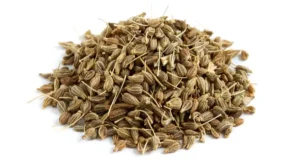
What Is Anise Seed?
Anise seeds are the seeds of anise plant. Small and oval-shaped, anise seed is known for its distinctive taste, aroma, and various uses in culinary and medicinal applications.
Anise Seed Culinary Uses
Known for its distinctive aroma and flavor, anise seed remains a versatile ingredient that takes culinary creativity to new heights. With a rich heritage and a variety of uses, anise seed offers unbeatable countless recipes, including making cookies with anise seed, varieties of anise seed biscotti recipes, and more to talk about now.
Take your step to know more about Anise: An Overview
Cookies With Anise Seed Recipes
- Classic Cookies With Anise Seed
Ingredients:
– 2 cups all-purpose flour
– 1/2 cup granulated sugar
– 1/2 cup unsalted butter, softened
– 2 big eggs
– 1 tablespoon anise seeds
– 1 teaspoon baking powder
– 1/4 teaspoon salt
Instructions:
- Preheat your oven to 350°F (175°C) and line a baking sheet with parchment paper.
- In a mixing bowl, cream together the butter and sugar until light and fluffy.
- Add the egg and beat until well combined.
- In a separate bowl, whisk together the flour, baking powder, salt, and anise seeds.
- Gradually add the dry ingredients to the wet ingredients, mixing until a dough forms.
- Roll the dough into small balls and place them on the prepared baking sheet.
- Flatten each ball slightly with the back of a fork.
- Bake for 10-12 minutes, or until the cookies are lightly golden around the edges.
- Allow the cookies to cool on the baking sheet for a few minutes before transferring them to a wire rack to cool completely.
- Lemon Cookies With Anise Seed
Ingredients:
– 2 cups all-purpose flour
– 1/2 cup granulated sugar
– 1/2 cup unsalted butter, softened
– 2 big eggs
– Zest of 1 lemon
– 1 tablespoon anise seeds
– 1 teaspoon baking powder
– 1/4 teaspoon salt
Instructions:
- Preheat your oven to 350°F (175°C) and line a baking sheet with parchment paper.
- In a mixing bowl, cream together the butter and sugar until light and fluffy.
- Add the egg and lemon zest, and beat until well combined.
- In a separate bowl, whisk together the flour, baking powder, salt, and anise seeds.
- Gradually add the dry ingredients to the wet ingredients, mixing until a dough forms.
- Roll the dough into small balls and place them on the prepared baking sheet.
- Flatten each ball slightly with the back of a fork.
- Bake for 10-12 minutes, or until the cookies are lightly golden around the edges.
- Allow the cookies to cool on the baking sheet for a few minutes before transferring them to a wire rack to cool completely.
Anise Seed Biscotti Recipes
- Classic Anise Seed Biscotti
This recipe is one of the simplest anise seed biscotti recipes and it is a mixture of flour, sugar, eggs, and of course anise seeds, resulting in crispy, golden brown and completely irresistible biscotti.
- Almond-Anise Biscotti
The fruity flavor of the almonds perfectly matches the aroma of the anise, making this recipe an outstanding one from other anise seed biscotti recipes and as beautiful as it is delicious.
- Lemon-Anise Biscotti
Another one of anise seed biscotti recipes is the lemon recipe, where the sharp citrus flavor of the lemon adds a refreshing touch to traditional biscotti, making it perfect to enjoy with a cup of tea or coffee.
- Chocolate-Anise Biscotti
Anise seed biscotti recipes are many, but this recipe is absolutely worth trying. The combination of dark chocolate and anise creates an incredibly sweet experience that will delight even the most discerning palate.
- Orange-Anise Biscotti
If you are looking for exceptional anise seed biscotti recipes then orange-anise recipe is what you are looking for. The vibrant orange flavor pairs beautifully with the anise aromatic notes, creating a burst of delicious biscotti.
Substitute Anise Seed
- Fennel Seeds
Topping our list to substitute anise seed are fennel seeds, known for their similar flavor and licorice-like aroma. These tiny seeds add subtle flavor and aroma to foods, making them an excellent option to substitute anise seed in sweet and savory dishes. Use the same amount of fennel seeds as you would for anise seeds just to get the same flavor in your food.
- Star Anise
Star anise, a close cousin of anise seeds, creates a bold and distinctive flavor reminiscent of licorice and spice. These star-shaped pods can be used as directly to substitute anise seed, adding a rich and aromatic flavor to soups, stews, marinades.
- Licorice Root
For those who would like to substitute anise seed, licorice root provides a similar sweet and slightly spicy flavor. Simply dried hard in hot water, licorice root can be made into a sweet tea or ground into powder and used as a spice in savory dishes. Licorice root can also be used in desserts and baked goods, making it a reliable alternative if you would like to substitute anise seed in a variety of dishes.
- Tarragon
Known for its distinctive flavor and aroma, tarragon provides a fresh and slightly bitter option to substitute anise seeds. This herbaceous plant adds depth and complexity to dishes with its subtle licorice-like flavor, making it an excellent option to substitute anise seed in sauces, dressings, and marinades. Simply chop fresh tarragon leaves or use dried tarragon instead of anise seeds and add a burst of flavor to your favorite dishes.
- Caraway Seeds:
With its earthy flavor and aroma, caraway seeds offer a unique choice to substitute anise seed that are perfect for savory dishes. These tiny seeds add a subtle flavor and nutty undertone to dishes such as breads, soups, and stews, making them a versatile to choice substitute anise seed in a variety of dishes.
Conclusion
In conclusion, anise is emerging as a versatile spice with many benefits. From the comforting warmth of anise tea to the rich aroma of the anise seeds, anise entices with its aroma, flavor, and versatility. Benefits include aiding digestion, reducing constipation, and relieving stress, while its oil adds benefits in terms of healing. Anise enhances recipes, from baking cookies with anise seed to various anise seed biscotti recipes, and its selection opens doors for culinary exploration.
And this our Anise: An Overview hope to know what do you ask !

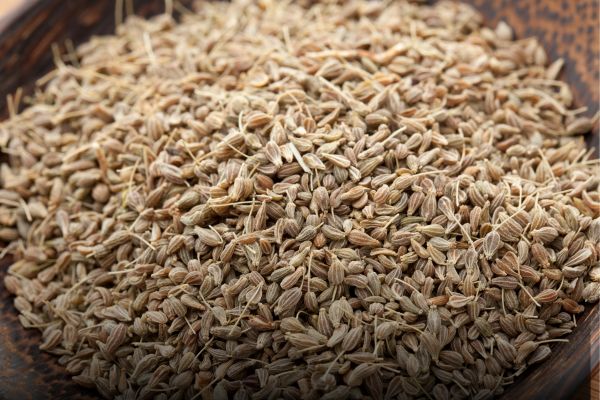
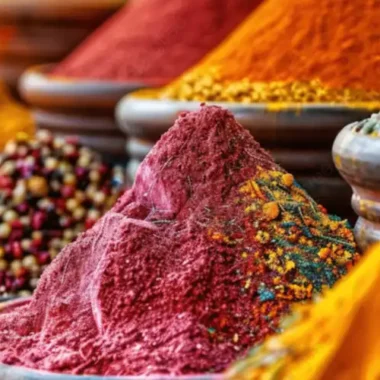
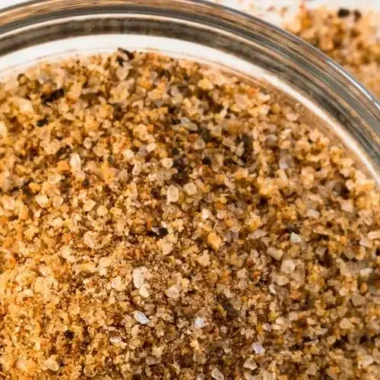
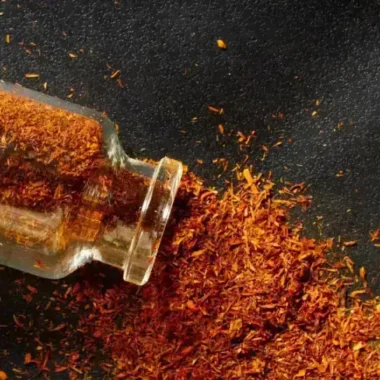

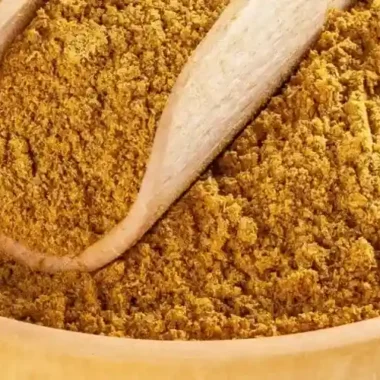
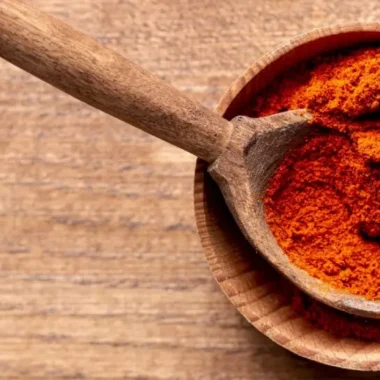
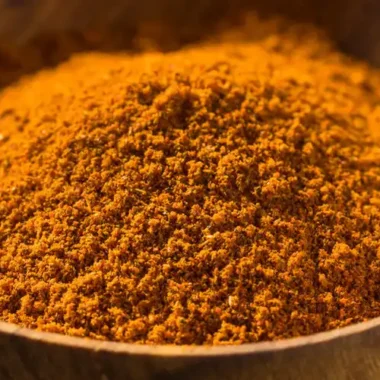
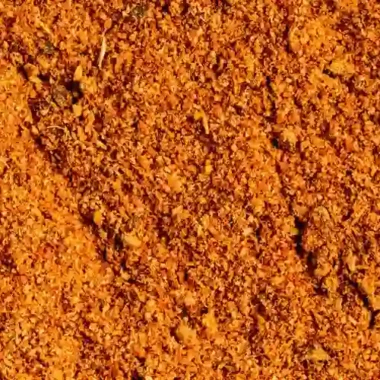
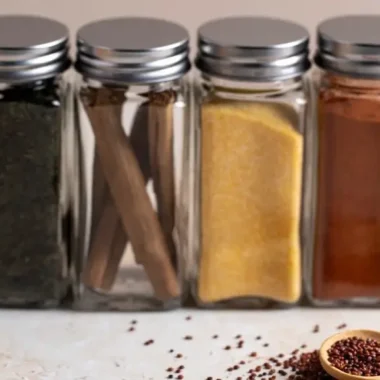
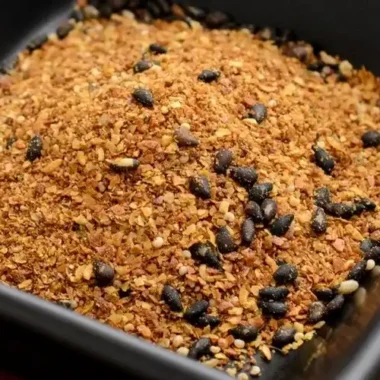









Pingback: All About The Incredible Mexican Spice List And Its Culinary Uses.